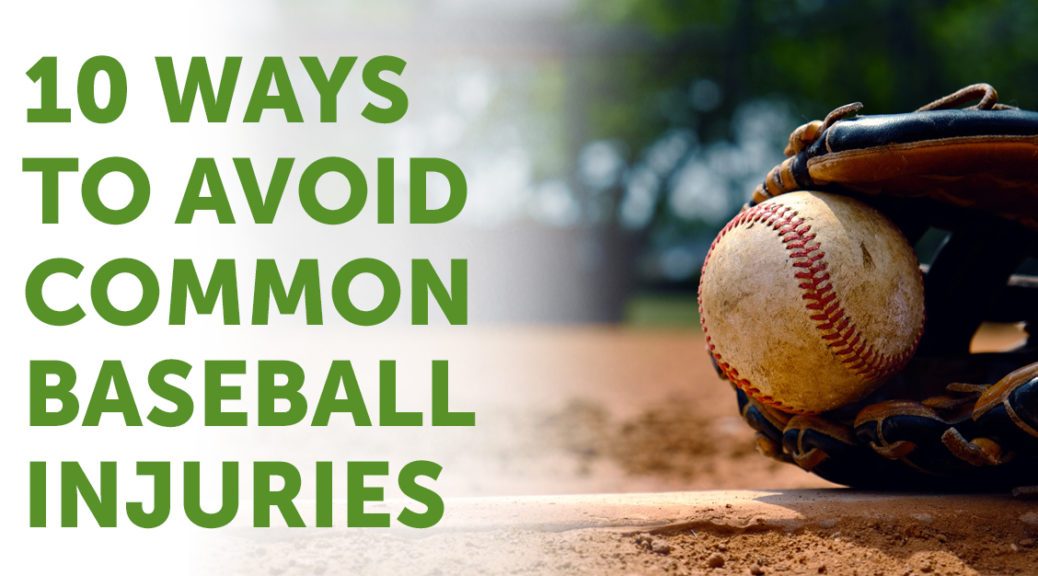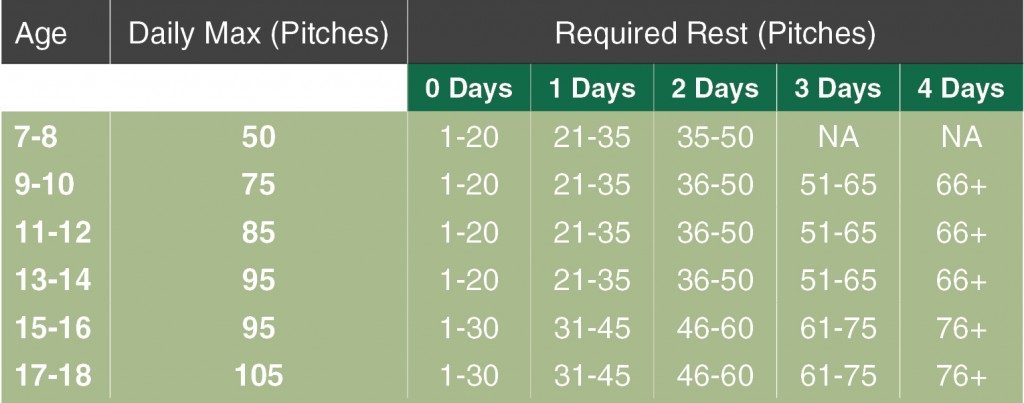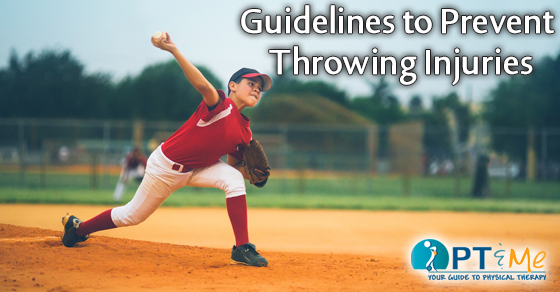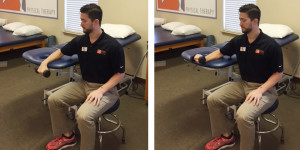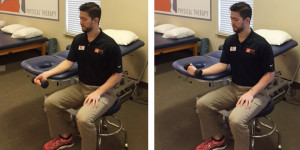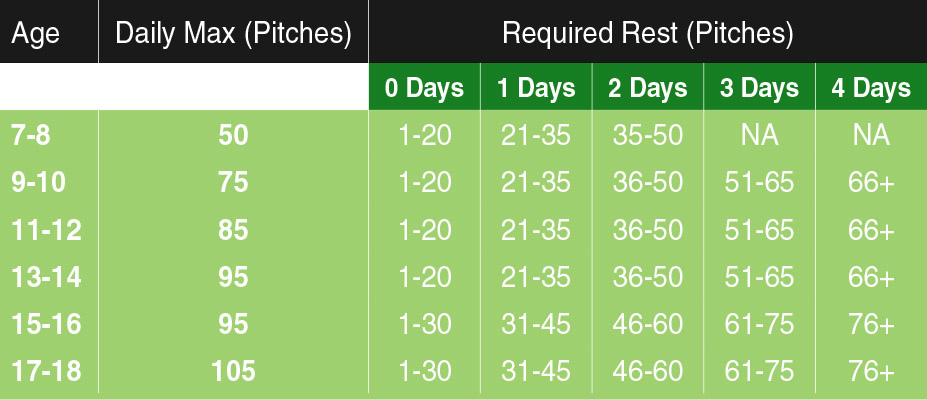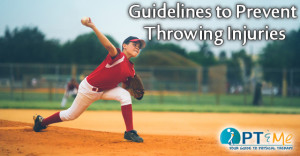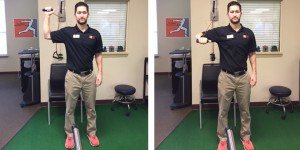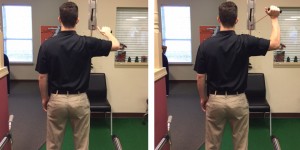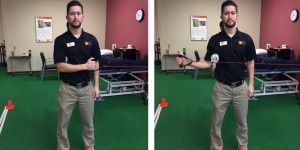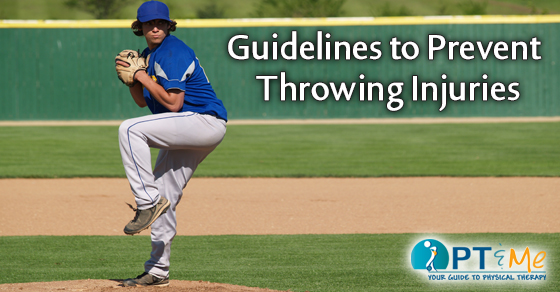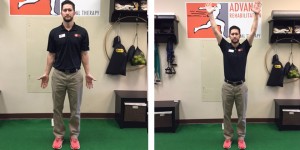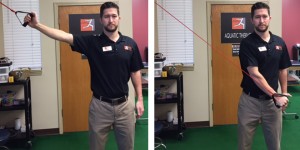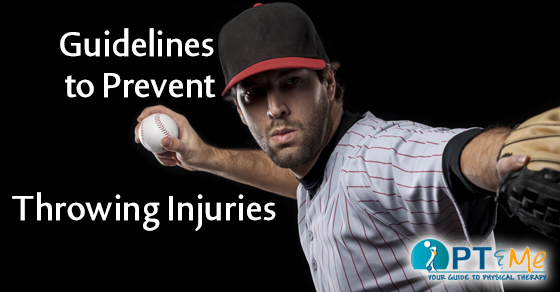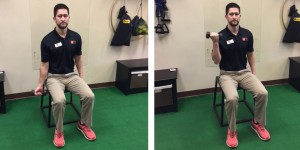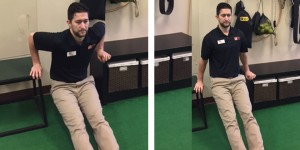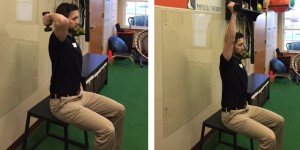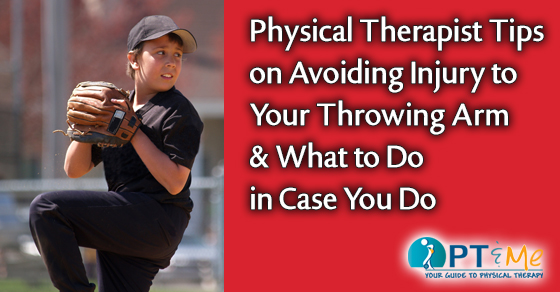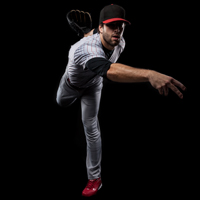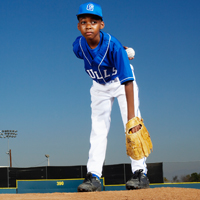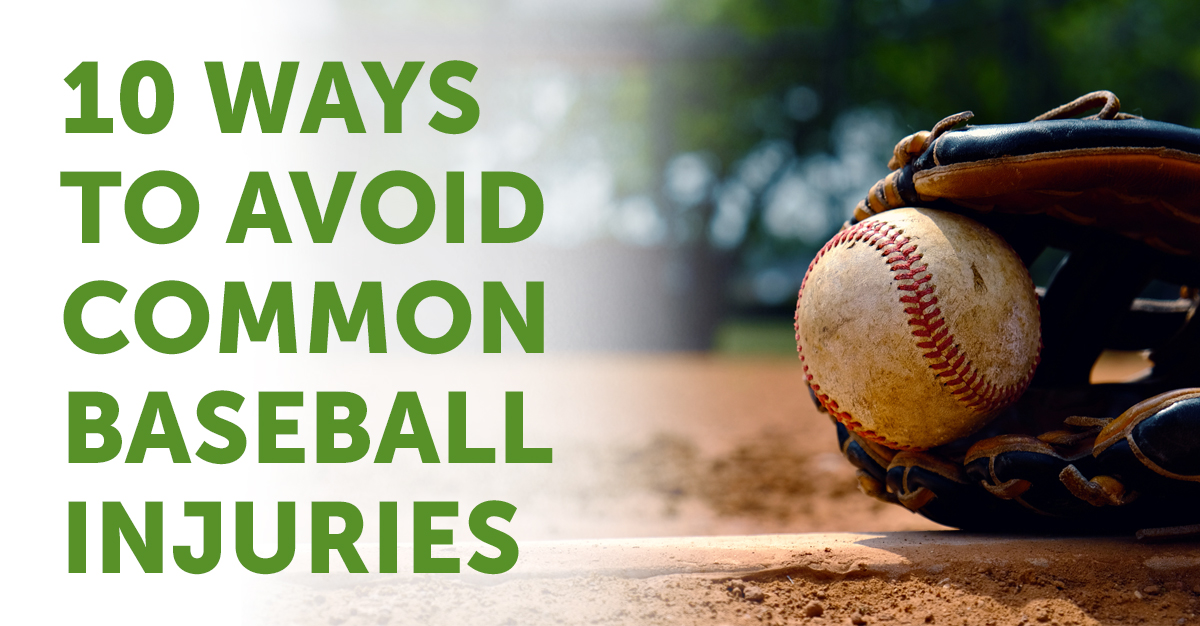
According to an article published by the Journal of Athletic Training, youth baseball players reported throwing-arm pain 74% of the time. They also reported that UCL reconstructions between 2003 and 2014 increased by 343%, with 56.6% in those aged 15 to 19 years. With the increase in injuries related to the pitching athlete, we wanted to take a minute and focus on what you can do to help prevent common baseball injuries from happening to your athlete.
WHAT ARE COMMON BASEBALL INJURIES?
- The most common baseball injuries include mild soft tissue injuries, such as muscle pulls (strains), ligament injuries (sprains), cuts, and contusions (bruises).
- Although baseball is a non-contact sport, most serious injuries are due to contact — either with a ball, bat, or another player.
- The repetitive nature of the sport can also cause overuse injuries to the shoulder and elbow.
WHAT CAN YOU DO TO PREPARE FOR THE SEASON?
- Physical exam. A pre-season physical exam is important for both younger and older players. The goal is to prevent injuries and illnesses by identifying any potential medical problems. These may include asthma, allergies, heart, or orthopedic conditions.
Warm up and stretch. Always take time to warm up and stretch. - Warm up with some easy calisthenics, such as jumping jacks. Continue with walking or light running, such as running the bases.
- Gentle stretching, in particular your back, hamstrings, and shoulders, can be helpful. Your team coach or athletic trainer may provide a stretching program.
10 WAYS TO AVOID COMMON BASEBALL INJURIES
ASMI GUIDELINES TO HELP PROTECT PITCHERS FROM SHOULDER AND ELBOW INJURIES:
1. Don’t throw too much:
Daily, weekly and annual overuse is the greatest risk to a pitcher’s arm health. Numerous studies have shown that pitchers who throw more pitches per game and those who do not adequately rest between appearances are at an elevated risk of injury. While medical research does not identify optimal pitch counts, pitch count programs have been shown to reduce the risk of shoulder and elbow injury in Little League Baseball by as much as 50% (Little League, 2011). The most important thing is to set limits for a pitcher and stick with them throughout the season.
2. Don’t pitch through arm fatigue:
Individuals are 36 times more likely to develop shoulder and elbow injuries when routinely pitching with arm fatigue.
3. Don’t pitch more than 100 innings per year:
If an athlete throws over 100 innings they are 3.5 times more likely to be injured than those who did not exceed 100 innings pitched.
4. Don’t throw more than 8 months per year:
Athletes who throw > 8 months per year are 5 times as likely to suffer an injury requiring surgery of the elbow or shoulder. Pitchers should refrain from throwing for at least 2-3 months per year and avoid competitive pitching for at least 4 months per year.
5. Don’t pitch on consecutive days:
Pitchers who pitch on consecutive days have more than 2.5 times greater risk of experiencing arm pain.
6. Don’t play catcher following pitching:
If the player catches the following pitching they are 2.7 times more likely to suffer a major arm injury.
7. Don’t play on multiple teams at the same time:
There is an increased risk of injury due to the difficulty in monitoring pitch limits and rest time. If the player is on multiple teams, make meticulous efforts to keep track of the number of pitches thrown to allow adequate rest.
8. Don’t forget the shoulder in strength and conditioning programs:
Numerous studies have shown that deficits in upper extremity strength and mobility are strongly correlated to serious arm injuries. Shoulder and forearm strengthening exercises can build strength, endurance and motor control which can prevent injury.
9. Be cautious with throwing curveballs and sliders:
While existing research has not consistently shown a strong connection between the curveball and injuries, Yang et al., found that amateur pitchers who threw curveballs were 1.6 times more likely to experience arm pain while pitching and Lyman et al, found that youth pitchers who throw sliders are 86% more likely to experience elbow pain.
10. Be cautious with the radar gun:
Radar guns do not directly cause harm to a pitcher, however, the gun may cause the pitcher to throw beyond their normal comfort level. This could create an arm strain.
Don’t redshirt this season. Physical therapists can work with athletes to make sure certain muscle groups can accommodate the strain and movements necessary to perform well in your sport. Be proactive and work towards a great season with PT!

